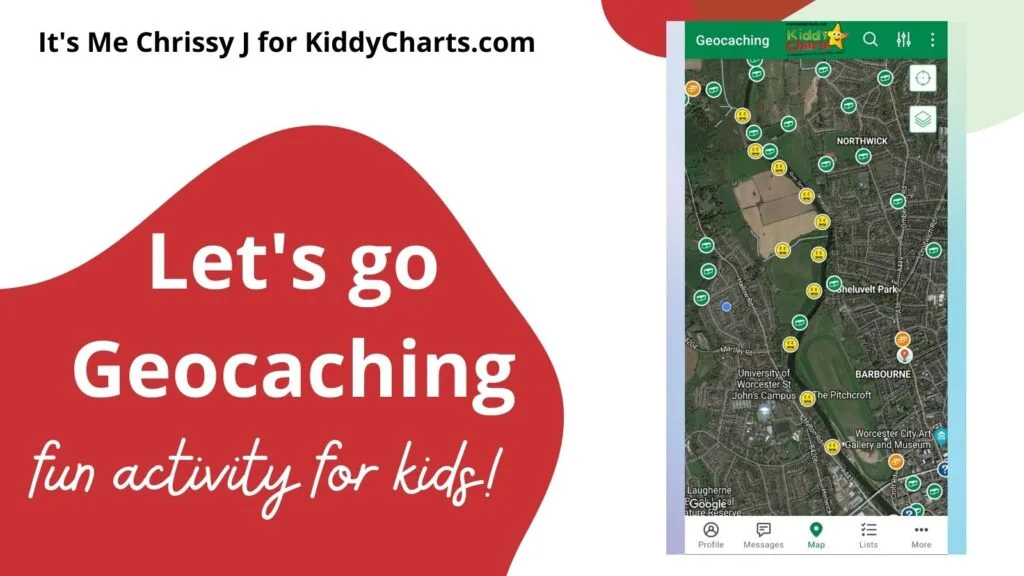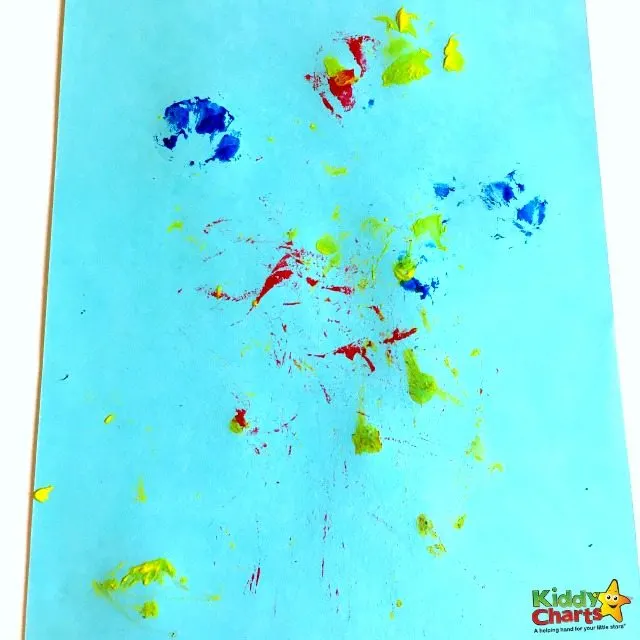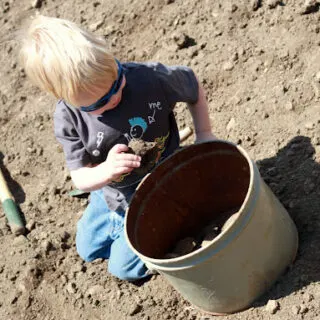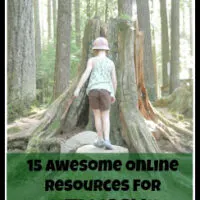Have you heard of geocaching? Well, if you aren’t familiar it’s a type of global treasure hunt you take part in using GPS. It’s also a fab way to get the kids out of the house and moving all while having some fun. In todays #31daysofactivities post Christine from It’s Me Chrissy J teaches us how to have some fun geocaching for kids.

Getting kids out the house these days isn’t as easy as it should be! I know when I was younger I was out until dinner time, or until the street lights came on and spending hours in my bedroom was considered a punishment! Oh how things have changed!
So working on ways to get them out the house is a full time job for our family and Geocaching has remained a popular option for us for over 10 years now, although it officially started way back in May 2000, we didn’t join until March 2012.
What is Geocaching?
Geocaching for those who don’t know is a sort of modern-day treasure hunt. You log into the Geocaching app (You can download this from the apple store or play store for free)
It is free to join, or you can upgrade for just £23.17 for a years premium membership.
This gives you access to extra caches and to help support the running of the site.
Once you have downloaded the app and set yourself up you will be able to view the maps of where all the ‘caches’ (treasures) are located.
Green = Available Caches
Orange = Multi caches that are slightly tricker and often require you visiting more than 1 location
Red Location Marker = These geocaches require you to navigate to multiple locations with no physical log to sign
Blue ? = These caches have puzzles for you to solve which will then give you the GPS coordinates of the physical cache.
Yellow Smiley = These will appear once you have logged a cache as found
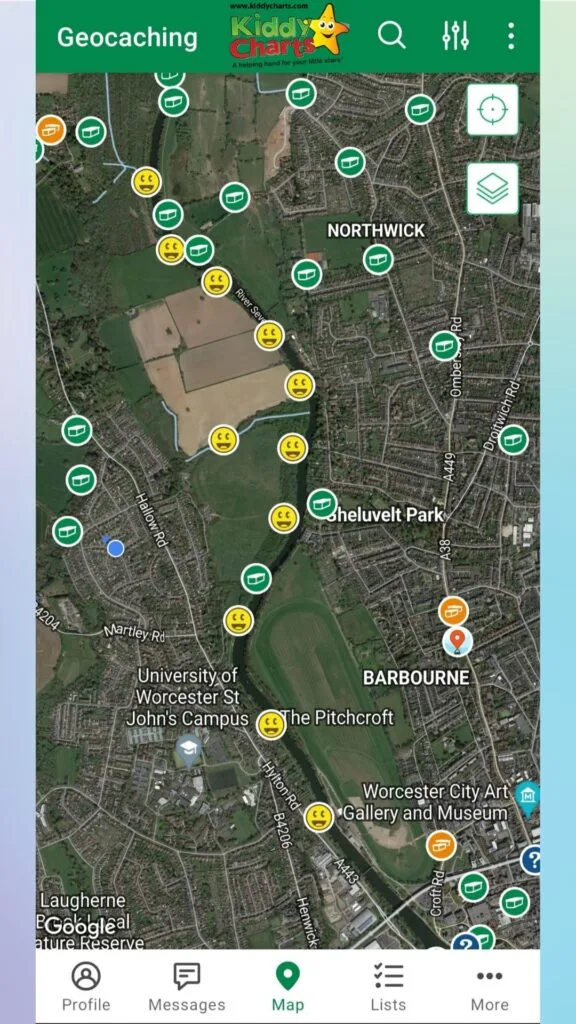
Now you just need to pick one and head off to find it!
Finding your first cache
When you click into it you will find the main clue to where it is, an optional extra ‘hint’ (although we sometimes find these are no help at all!) You’ll be directed to the approximate location using the GPS coordinates when you click ‘Navigate’
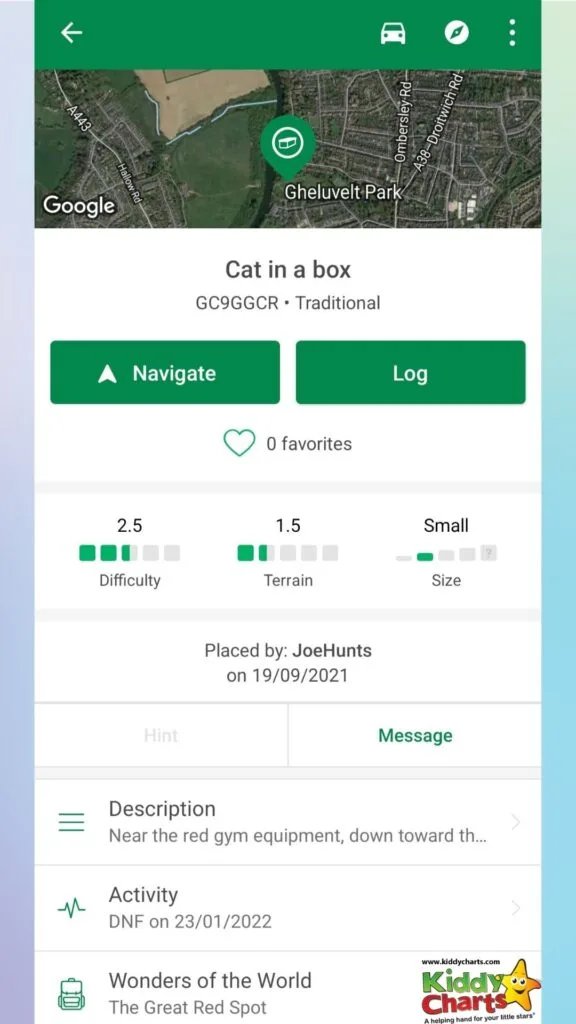
Due to network availability, we do take these locations as VERY approximate – It is usually within a few metres but don’t get disheartened if you can’t find it in the exact spot it says as it can be slightly inaccurate especially in more rural locations.
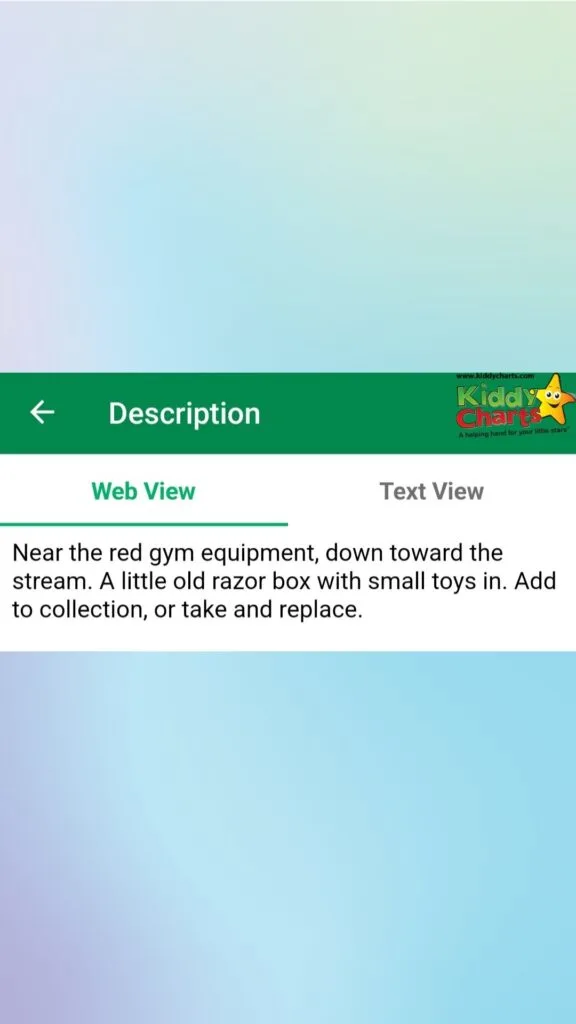
What does a cache look like?
Caches come in a variety of shapes and sizes but some of the most common ones you will come across are
Nano/Micro Cache – these are normally tiny magnetic cannisters (around 1.5cm in diameter and around 2cm tall) these tend to be hidden on the back of road signs, on bridges and we’ve even found one in between bricks on a wall!

Small Cache – These are usually around the size of an old Camera film tube, so slightly easier to spot but also easy enough to hide! These are usually hidden in trees, hedges or along fencing.
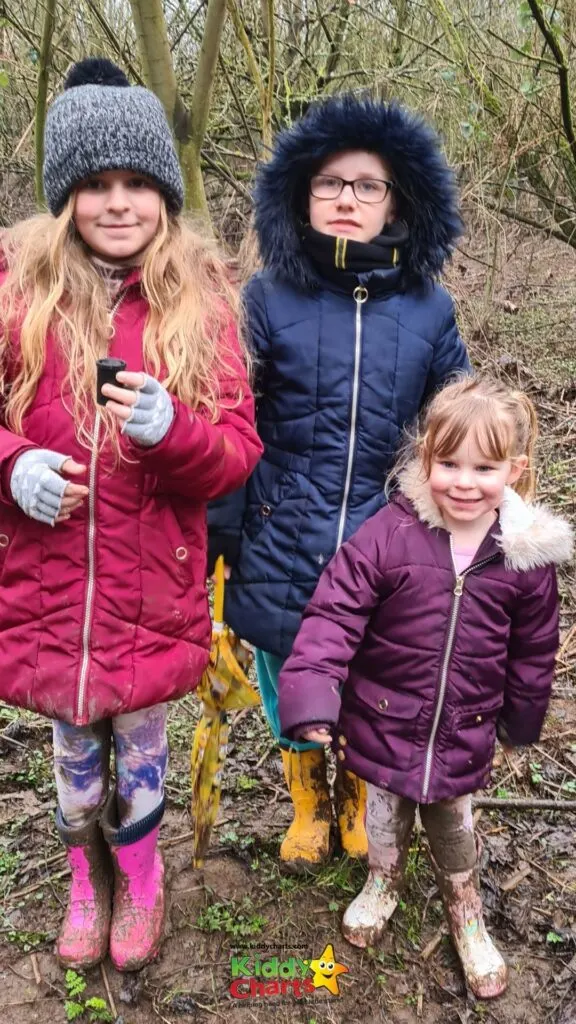
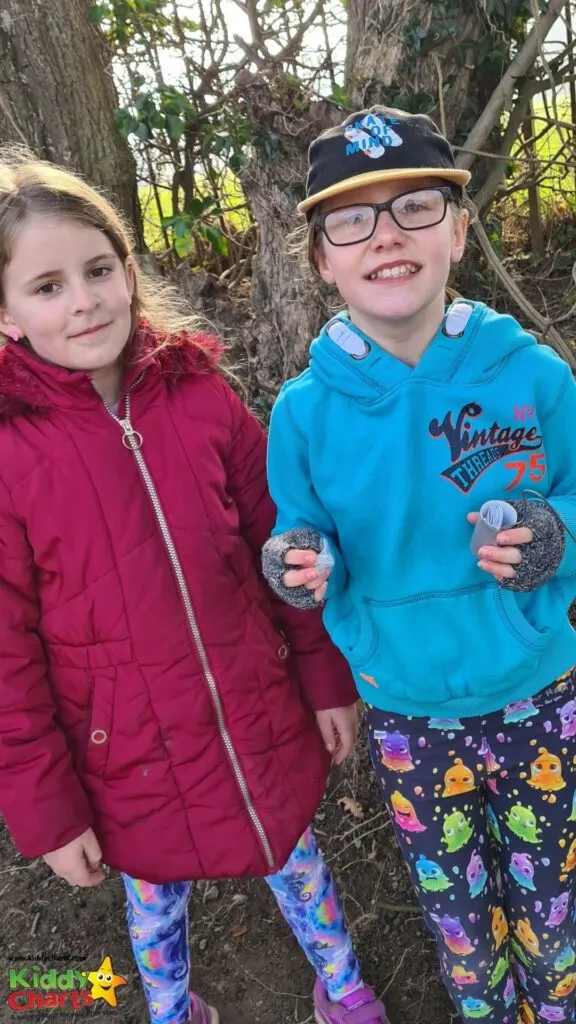
Other – The one’s we have come across with this as their size description have been larger sized Tupperware boxes of over 10cm x 10cm – this may seem like they would be easy to find but this isn’t often the case. Camouflage tape is used a lot to help these larger items blend in with the surroundings.
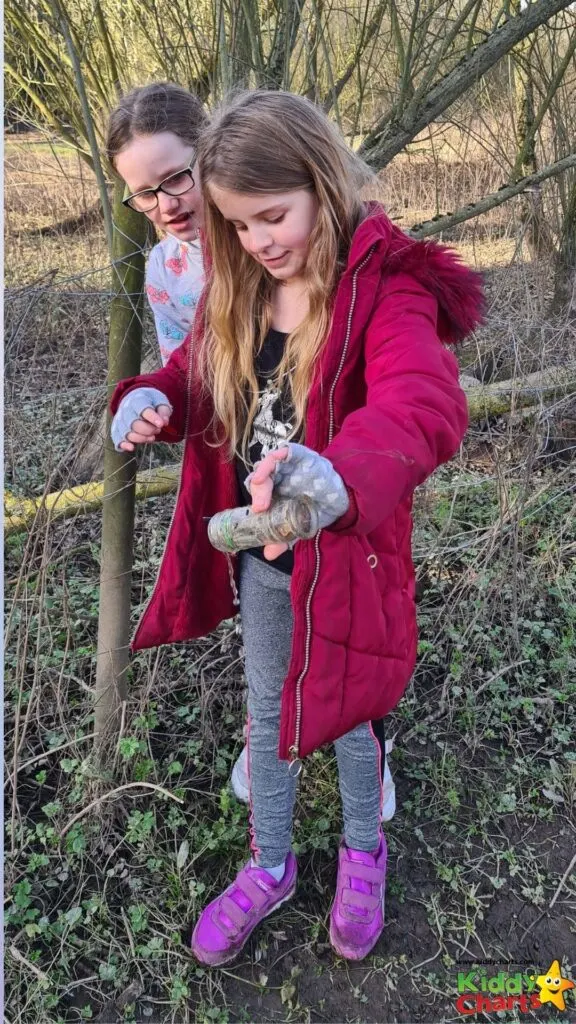
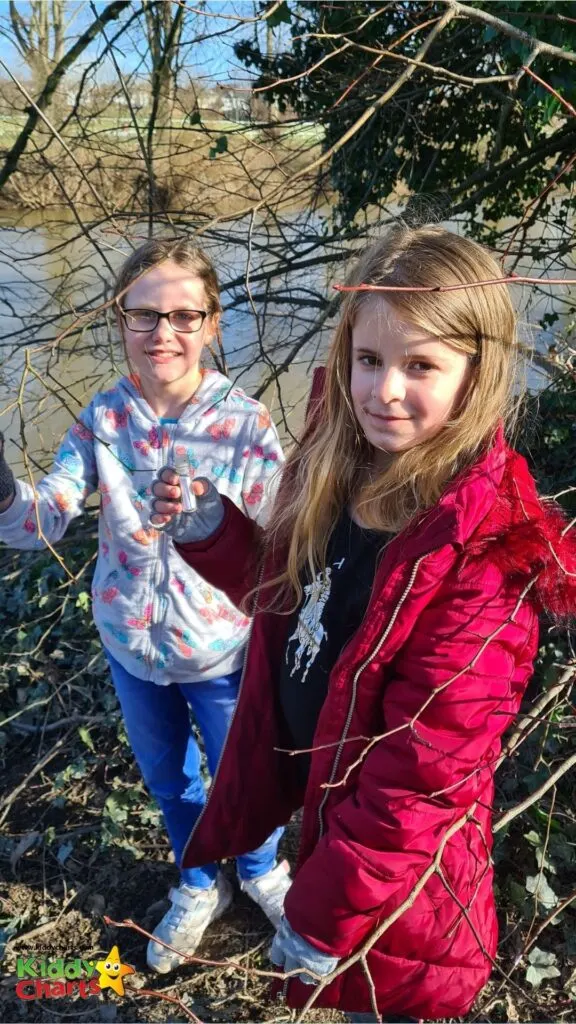
There is also an option of Medium and Large but we have never come across any in these categories.
International caching
The fun doesn’t have to stop when you go on holiday. We have found caches when we have been on holiday also, including this one in Portugal which had the most beautiful view!
It was located right at the top of a huge hill and was buried under some rocks, they really enjoyed finding this one, but not the walk up the hill so much!
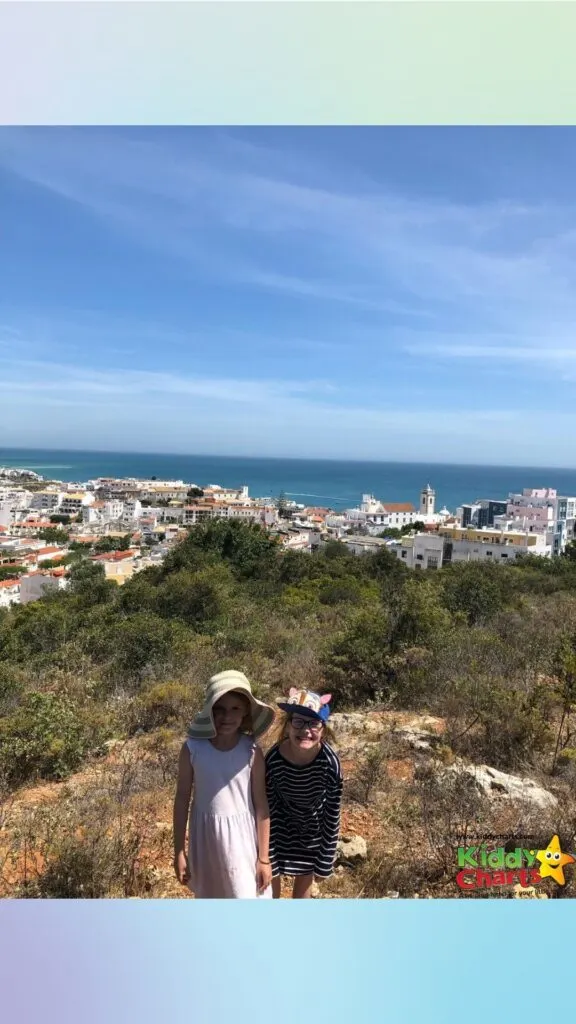
Will I need special tools?
You will need a smartphone with mobile data to be able to navigate to the locations. Having a pen and pencil to hand is helpful to be able to sign the physical paper logs inside the geocache. We say both a pen and pencil because if the log has got wet sometimes its easier to write on with a pencil.
There are lots of optional extras people would recommend for some trickier caches. Tweezers are helpful, especially for those micros that are wedged into a tight spot. A magnet on a string can also be helpful for this. If you don’t really want to climb into tight spots a mirror on a stick and a torch can be handy too. But these are all completely optional and we have only ever needed tweezers a couple of times so we usually go back to those if I don’t happen to have some in my bag.
You can buy Geocaching kits but to be honest your phone and a pen is all you really need to begin with.
I hope you’ve picked up some tips to get started – Happy Geocaching!
ChrissyJ xxx
That looks like lots of fun! If you want even more nature-related activities check out these from our site.
Nature-related Activities
Studying and playing outdoor is really good for children for several reasons. It can make them healthier while getting closer to nature. Here are some outdoor activity articles and activity ideas to inspire you.
Nature activity for kids: Wild world colour palette
You can get more focus on the colours of nature with this Wild World colour palette. Kids will be amazed ny the colours they can find in nature.
Nature painting for toddlers
Thinking about some art activity you can do related to nature? Why don't you let kids do some nature painting? They will surely more excited to play with colors.
10 Ways Your Family Can Connect With Nature This Summer
Check out 10 alternatives for children to get connected with nature in summers. Be inspired and have fun.
There are also some great ideas from around the web. Have a look!
External ideas for outdoor play
More ideas on getting active and outdoors with the kids, but this time from the wider web and not just on the KiddyCharts site.
Easy Upcycled Catapult {STEM goes green} – Go Science Kids
A bit of up-cycled outdoor catapult fun!
Celebrate Earth Day with Your Kids in Meaningful Ways
Earth Day is a fabulous day to celebrate with the kids outdoors.
Outdoor Play : Gardening
A garden has been on my to do list for many summers. Finally this summer, we got one planted.
Outdoor Play Party - 15 Awesome Online Resources for Outdoor Play
We love all the amazing ideas that folks share here at the Outdoor Play Party. When the girls and I head outside we are always inspired by the ideas we see right here.
Enjoyed this activity? Sign up to get our posts to your inbox.
Helen
